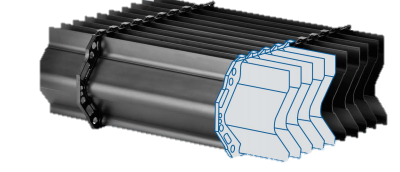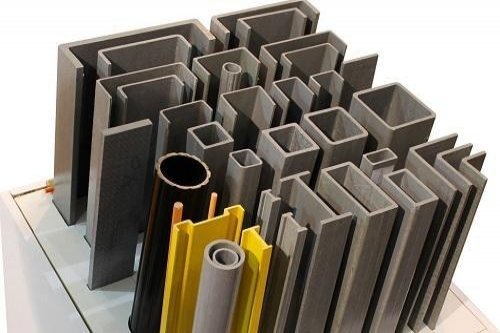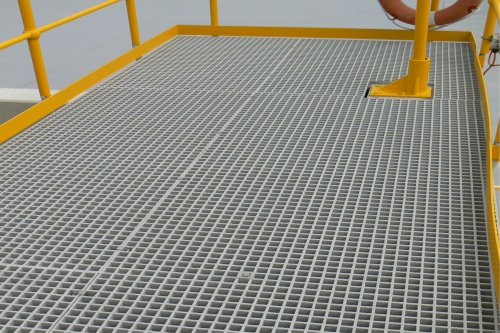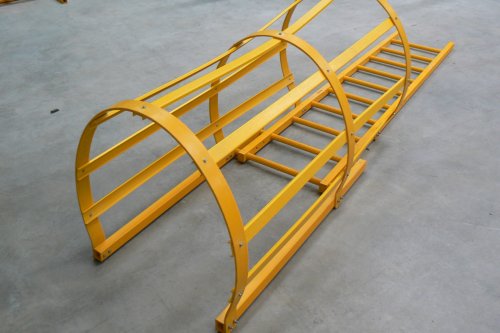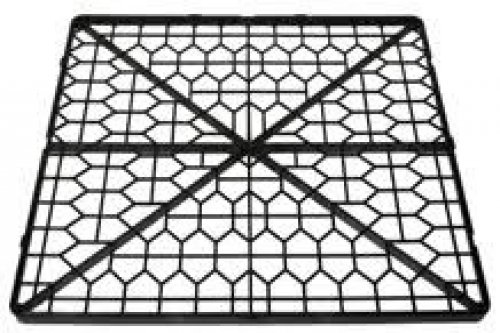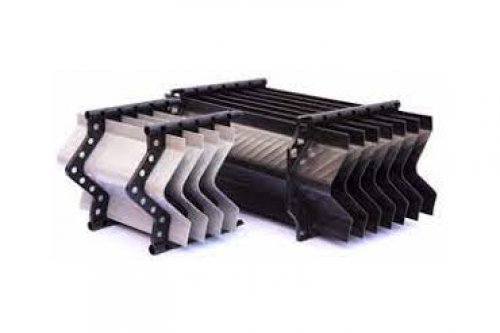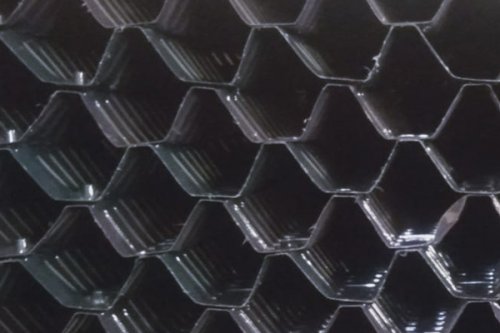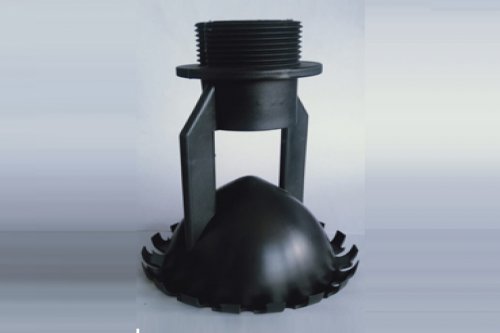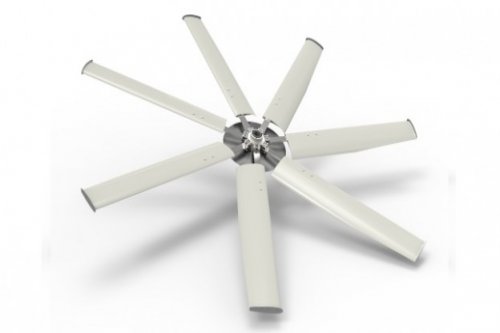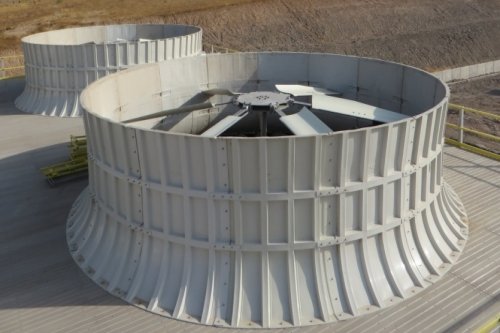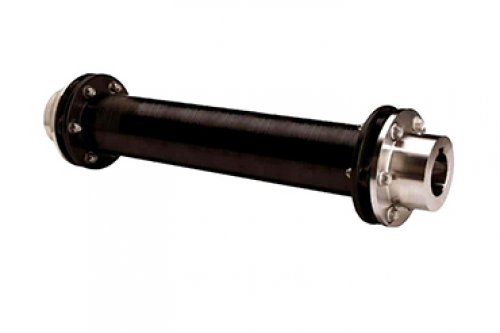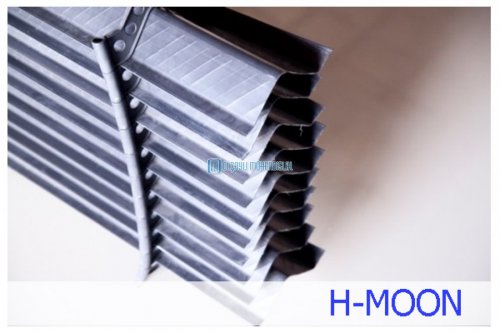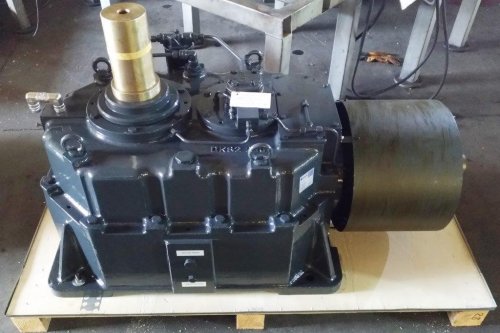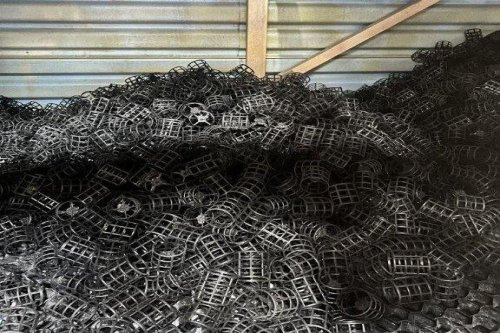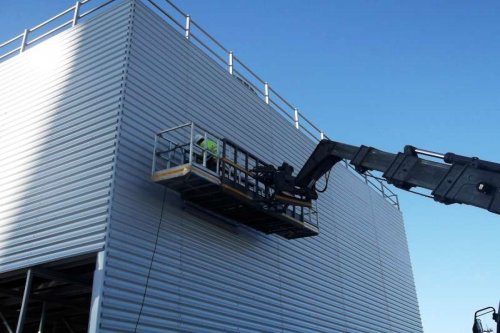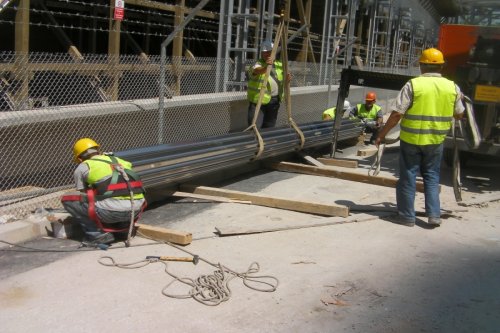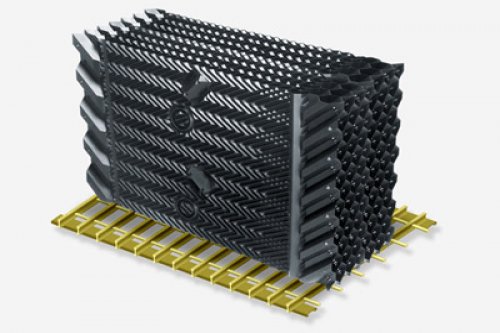Choosing the right cooling tower for your specific application involves careful consideration of various factors to ensure optimal performance, energy efficiency, and cost-effectiveness. Here are the key steps to help you choose the right cooling tower:
1. Define Your Requirements: Determine the heat load that the cooling tower needs to handle. Consider both the maximum and average heat loads your system will experience.
2. Understand Water Quality:
Analyze the quality of the water source that will be used in the cooling tower. Poor water quality can lead to scaling, corrosion, and biological growth, affecting the cooling tower's efficiency and lifespan.
3. Consider the Environment:
Assess the environmental conditions, including the average ambient temperature, humidity levels, and the presence of pollutants. These factors impact the cooling tower's efficiency and design.
4. Evaluate Space Constraints:
Determine the available space for the cooling tower installation. Consider both the footprint and height restrictions, especially in urban or densely populated areas.
5. Choose the Right Type:
Select the appropriate cooling tower type (natural draft, mechanical draft, crossflow, counterflow) based on your specific requirements, available space, and budget. Each type has its advantages and limitations.
6. Calculate Water Flow Rate:
Calculate the required water flow rate based on the heat load and the desired temperature change. This helps in selecting a cooling tower with the appropriate capacity.
7. Determine Airflow Requirements:
Calculate the required airflow rate to ensure efficient heat exchange. This factor is crucial in mechanical draft cooling towers, where fans are responsible for creating the necessary airflow.
8. Consider Energy Efficiency:
Opt for energy-efficient features such as variable speed drives (VSDs) for fans. Variable speed fans adjust their speed based on the load, saving energy during partial loads.
9. Evaluate Water Conservation Methods:
Look for cooling towers that incorporate water-saving technologies, such as advanced drift eliminators and efficient water distribution systems, to minimize water loss due to evaporation and drift.
10. Review Maintenance Requirements:
Consider the ease of maintenance and access to components. Cooling towers with easily accessible fill media, drift eliminators, and mechanical components simplify regular maintenance tasks.
11. Account for Safety and Regulations:
Ensure the cooling tower complies with safety regulations and environmental standards. Adherence to guidelines related to worker safety, water discharge, and chemical usage is crucial.
12. Get Expert Consultation:
Consult with cooling tower specialists or engineers who can assess your specific requirements and recommend the most suitable cooling tower for your application. They can also help with customizations and system integration.
13. Research Manufacturers:
Research reputable cooling tower manufacturers with a history of providing reliable and efficient cooling solutions. Consider customer reviews, warranty policies, and after-sales support services.
By considering these factors and seeking expert advice, you can choose a cooling tower that meets your needs, ensures efficient heat dissipation, and contributes to the overall reliability and sustainability of your industrial or commercial operations.




